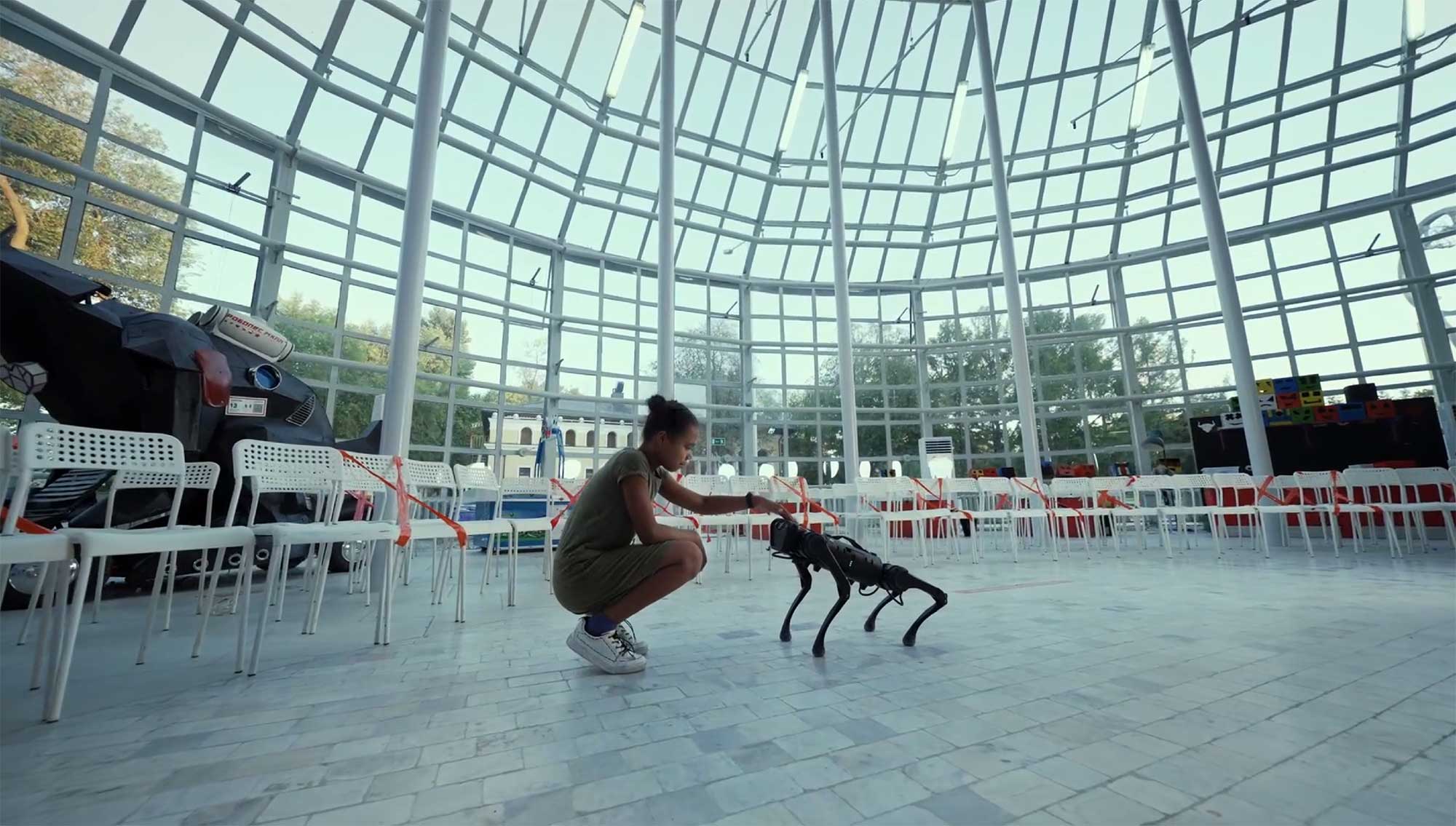Innovation
Creating an AI workshop for software developers

Recently, our AI team put together a one-day workshop for our software development team on computer vision, a subset of machine learning that focuses on understanding and learning from visual data such as images and videos. We know that many of our clients have pain-points that can be solved through intelligent automations, and often, these pain points revolve around automating manual visual tasks – and that’s where computer vision and leveraging visual data comes in.
In the current AI landscape, empowering our developers with the tools to understand some of today’s state of the art models can help them build more intelligent software and drive innovation through broadening their developer toolkit. With this in mind, we sought out to curate a one-day workshop to dive deeper into the world of computer vision, taking our team through the building blocks of the technology that powers autonomous driving or automated diagnosis from medical images.
At Osedea, we believe that AI is a key component of software development.
Understanding vision and building visual systems is really understanding intelligence.
Dr. Fei Fei Li, Sequoia Professor in the Computer Science Department at Stanford University, and Co-Director of Stanford’s Human-Centered AI Institute.
Key takeaways
Balance depth & breadth
Whether planning an hour-long or day(s)-long workshop, the balance between depth and breadth is ever-relevant. When considering workshop content, it’s important to prioritize both the short and long term goals of your company and/or team. In the case of our day-long workshop, we opted to focus on one area of machine learning (computer vision), while walking through a variety of examples and datasets. In a shorter (1-2 hours) workshop, it might be wise to opt for one example and deep dive into the dataset preparation, architecture choices, and interpretation of results.
Consider learning styles
Given that we facilitated a large-scale workshop that included all our developers, we considered the variety of learning styles and how that might impact knowledge retention and focus of the participants during the workshop. According to the VARK paradigm, there are four major learning styles:


Here is how we incorporated content for each:
Visual
Ensuring any presented content contained visualizations of concepts, especially more abstract ones. Any concept that could be visualized, was! Additionally, we interpreted training and evaluation results graphs, connecting the dots between earlier learned concepts and concrete results from training a model. Given that our workshop was focused on computer vision, our visual learners also benefited from the visual datasets we were using.
Aural/Auditory
To appeal to these types of learners, we went over core concepts in a “lecture” style, as this learning style typically benefits information that is “heard or spoken”. However, this doesn’t mean only being heard or spoken to, but also includes discussions or “talking through” concepts. Therefore, we posed thought-provoking questions often, and encouraged participants to discuss results with their neighbors, and even share their findings after each step of the workshop.
Read/Write
To ensure the content of the workshop was relevant to our read/write learners, we balanced visualizations in workshop slides with definitions and written explanations. Not only for people who benefited from learning through this style, but to ensure anyone who needed to reference the materials after the fact had important definitions and concepts presented in a concise, easy to understand manner.
Kinesthetic
The kinesthetic learning style can be defined as those who prefer to learn through concrete examples, practice, or simulation [See Fleming & Mills, 1992, pp. 140-141]. In professions where a product or model is typically produced, such as software development or artificial intelligence, this is an especially important component to workshop curation. With that, our kinesthetic learners benefited from each component of the workshop being paired with a hands-on exercise that included “fill in the code” exercises, dataset exploration challenges, and an opportunity to see who could train the best image classification model.
Spark Curiosity and Excitement
Although we didn’t find it hard to get our developers excited about AI and computer vision (who isn’t these days?), some aspects of core concepts and fundamentals may be a little more dry from a content perspective. Ensuring we sparked curiosity and excitement through discussion and highlighting downstream applications of core concepts helped keep everyone motivated to fully understand them.
Gather Feedback
Continuous learning is one of our values, so we were sure to collect feedback after our workshop to ensure we were providing value and catering to developer preferences around content and structure of the workshop. We asked questions around how the workshop contributed to their professional interests, development, and what aspects of the workshop they enjoyed the most (and least) to ensure we are delivering a better experience with each successive workshop.
AI at Osedea
Our commitment to excellence and innovation was reiterated through this workshop, and in line with our vision for AI as a key component of software development, we will continue to support our software development team in expanding their AI toolkit. Are you interested in learning more about how our custom, AI-driven end-to-end solutions can transform your business? Get in touch and experience our approach to building impactful, results driven AI solutions for your business.

Did this article start to give you some ideas? We’d love to work with you! Get in touch and let’s discover what we can do together.









-min.jpg)



